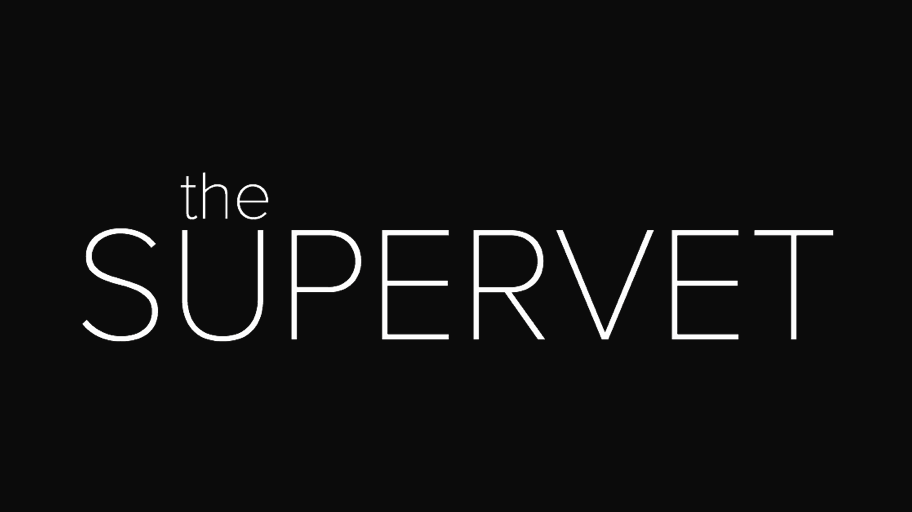Ard-Ri (meaning ‘High King’ in Gaelic) is an Irish Wolfhound living in London with Rachelle. Ard-Ri caused quite the sensation on his walks in Hyde Park. A lump on his leg which was initially treated as a sprain, was revealed to be a tumour. This bone tumour, called an osteosarcoma can be removed but not cured, with a median survival time of 11 months in affected patients. However, the earliest possible intervention can yield the longest survival time. With time of the absolute essence, as the lump grew rapidly to the size of a tennis ball, Rachelle became very anxious, saying she would rather cut off her own finger than consider amputation.
The family wished to offer Ard-Ri more than just amputation and came to Professor Noel Fitzpatrick to opt for a limb salvage option, using a custom-made metallic bridge to replace the tumour like a metal endoskeleton – called an endoprosthesis.
Following a rigorous staging process at the Fitzpatrick Referrals Oncology and Soft Tissue Centre to investigate whether any cancerous cells had spread at a visible level to elsewhere in the body, especially the lungs, Noel was able to give the go ahead for the innovative limb sparing surgery. The tumour had grown dramatically, therefore removal would be challenging and fraught with potential for local recurrence or vascular impairment of the foot given the amount of tissue that had to be removed.
The tumour bed was treated with a new modality called photodynamic therapy to try and decrease the chance for tumour recurrence due to any cells being left behind on the remaining tissue. This technique uses laser light and a special dye to kill rapidly dividing tumour cells, leaving the normal cells intact.
The surgical procedure involved replacing the cancerous bone with a specially designed complex network of interlocking implants which linked to the radius and ulna of the forearm and the carpus (wrist) and toes making one unit, an endoprosthesis. This is a series of custom-designed titanium implants invented by Noel and his team, called an R-U Fitz. The endoprosthesis bridged the gap between the top and bottom of the Ard-Ri’s leg to allow normal weight bearing. Specially coated collars at the top and bottom of the implant system allow bone to grow onto the implant over a few weeks so that it would hopefully become a permanent part of Ard-Ri’s skeleton.
Ard-Ri’s case was unique in that the size of the tumour and the dramatic growth rate was the largest Noel had ever attempted to replace with this implant system and as such it pushed the available technology to the limit in order to save Ard-Ri’s leg. Following his surgery Ard-Ri went on to have a course of chemotherapy and has gone from strength to strength since. He is walking well and without pain. Follow up imaging revealed the news that Noel and Ard-Ri’s family were waiting for – progressive bone on-growth onto the implant which is now a permanent part of his body, and also no further evidence of cancer spread at this time. Happy days –the High King can run around the woods once more!
